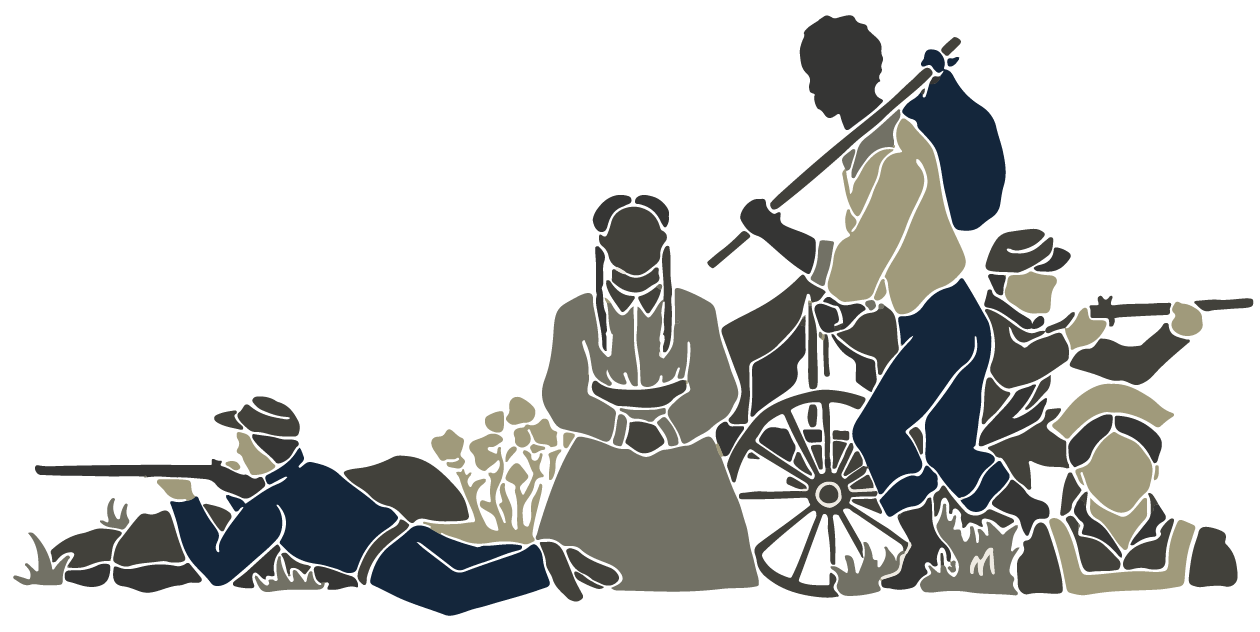![]() Essentials:
Essentials:
- Large black community that formed in the early history of Roanoke.
- Black people were integral to the growth of the Virginia & Tennessee and later Norfolk & Western Railroad.
- Much of the community was replaced by interstates and large avenues as part of mid-20th century urban renewal.

Just north of downtown Roanoke, the historically black community of Gainsboro serves as the cultural center for the history of African-Americans in the Roanoke Valley.
Located north of downtown Roanoke, Gainsboro began as a white community in the mid-1830s with individuals like John Rowland and John Smith possessing African enslaved individuals who formed communal spaces in the area. After the construction of the Virginia & Tennessee Railroad in the 1850s, many white residents moved to growing industrial and business areas south and closer to the Roanoke River. Gainsboro was an epicenter of the Black community in the Roanoke region, with Black churches and businesses. As a result of urban renewal efforts in the 1960s, much of the community was destroyed to make way for Interstate 581.

Visit the Roanoke Higher Education History Plaza for more information (108 N Jefferson St, Roanoke, VA).
